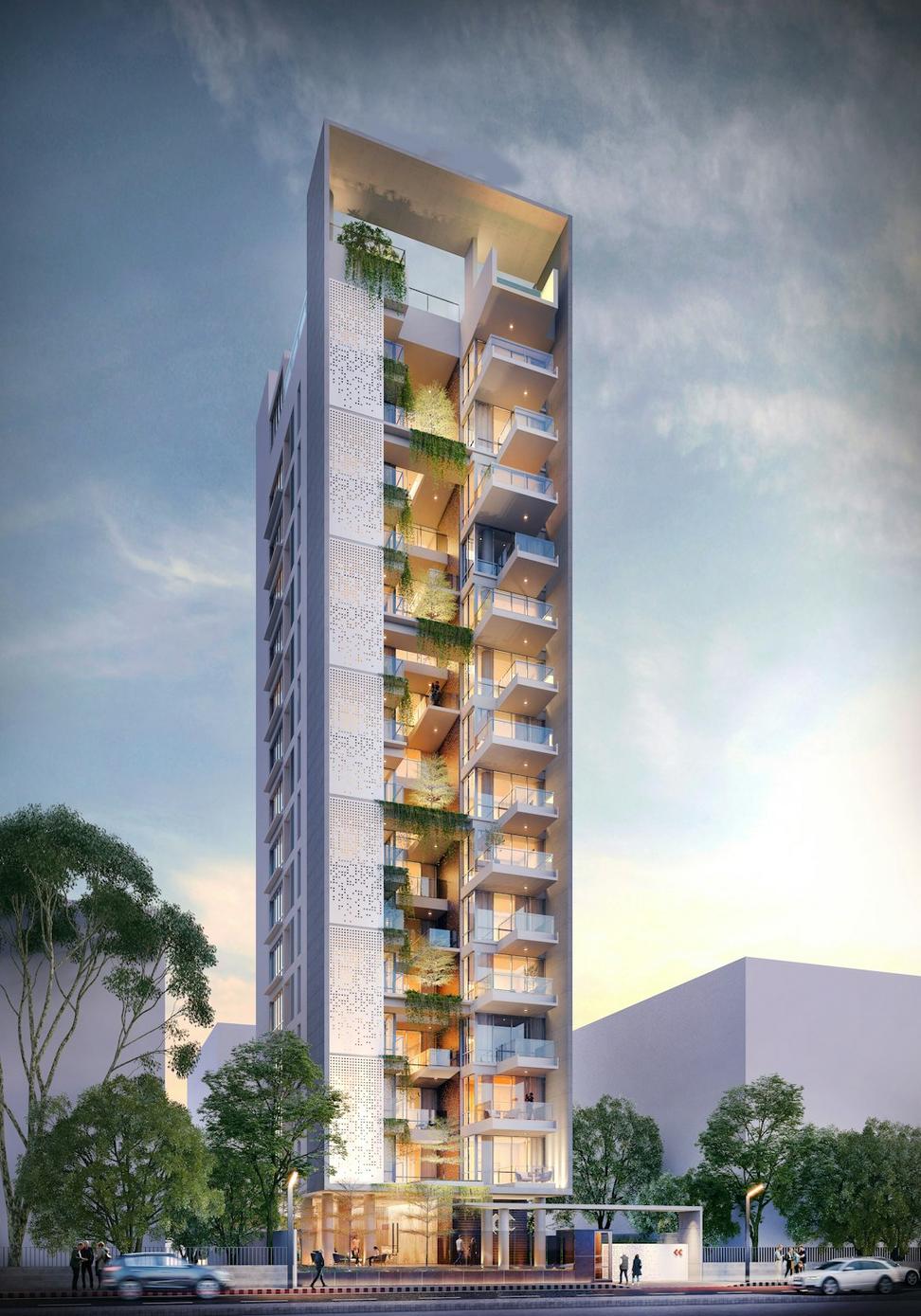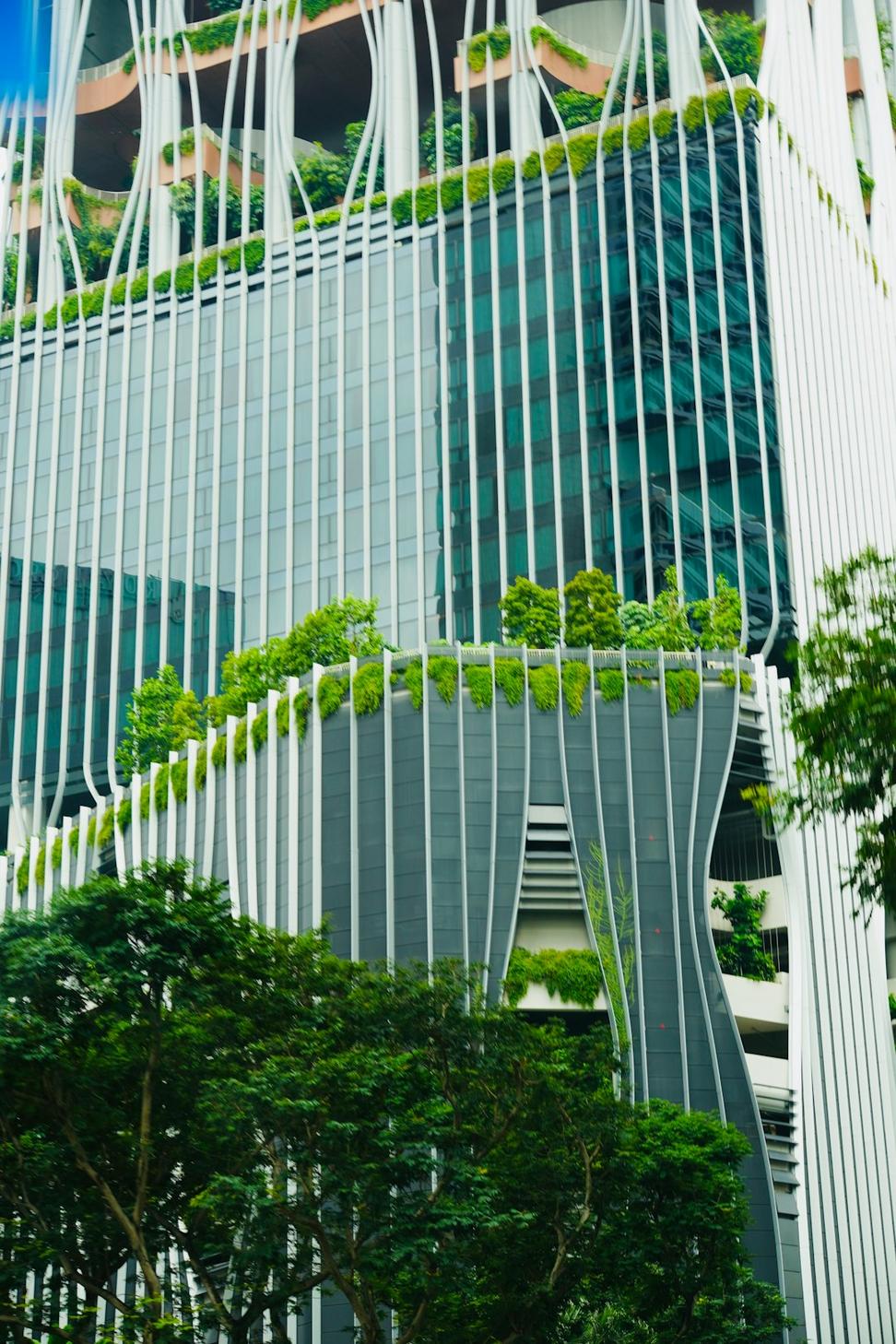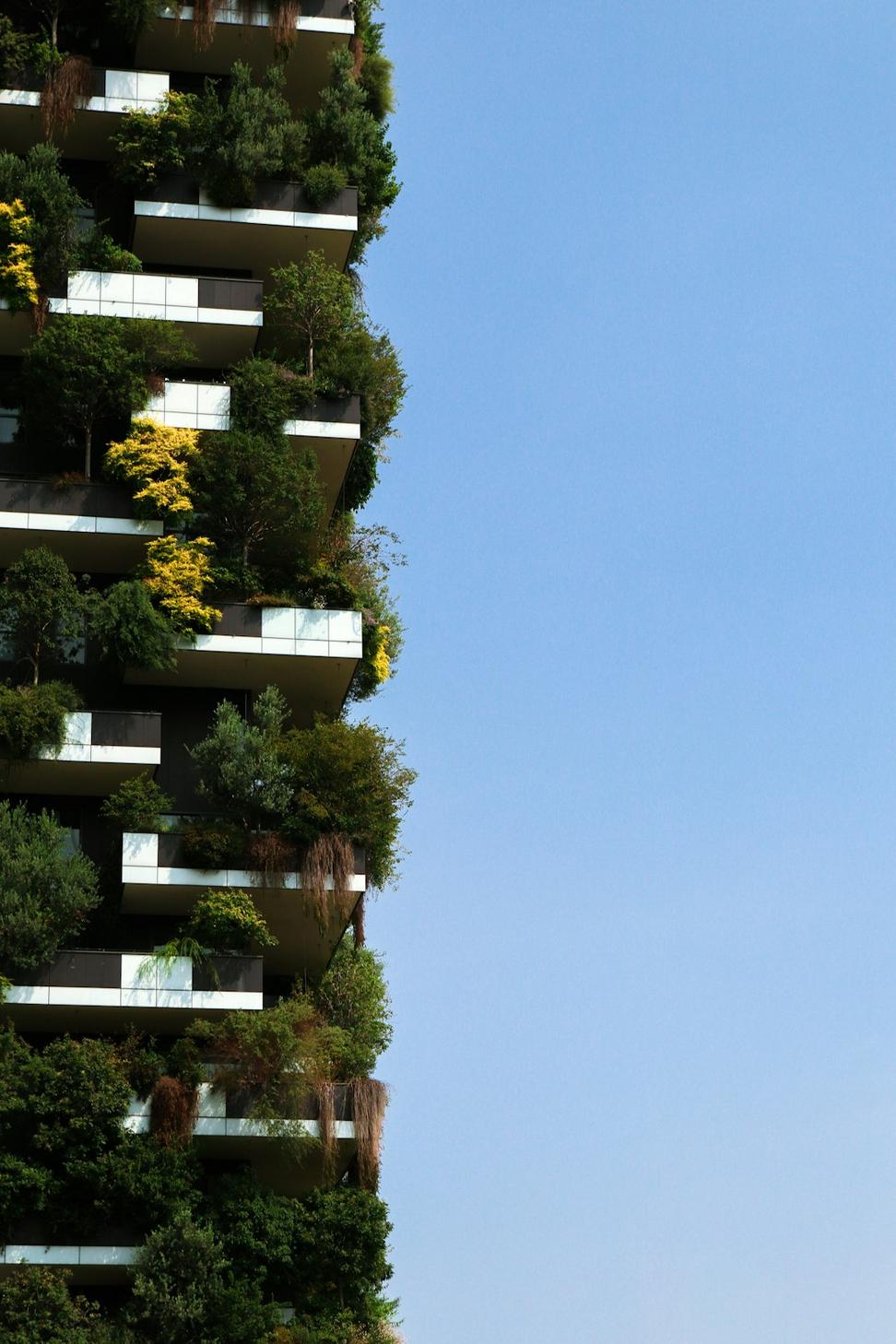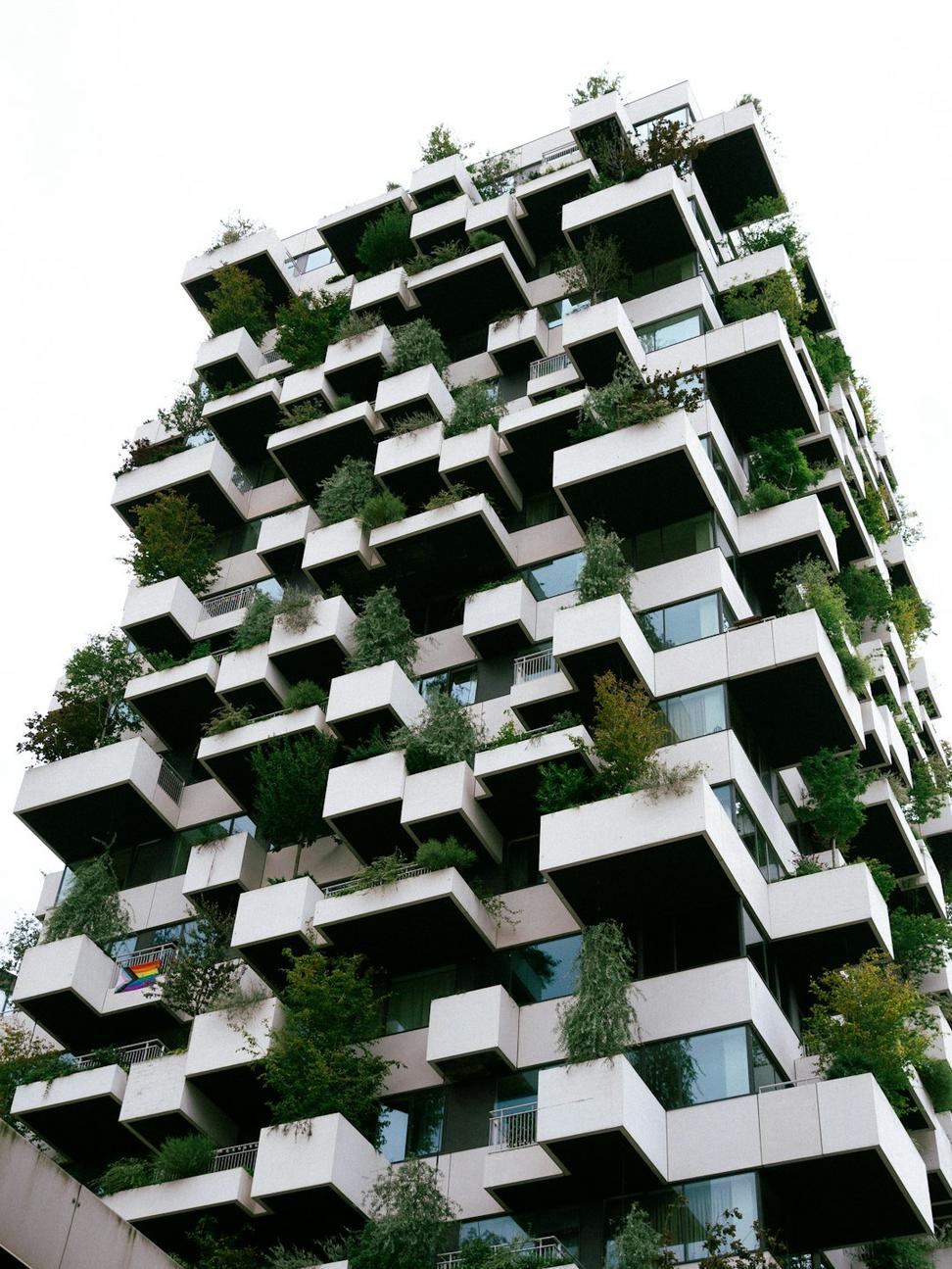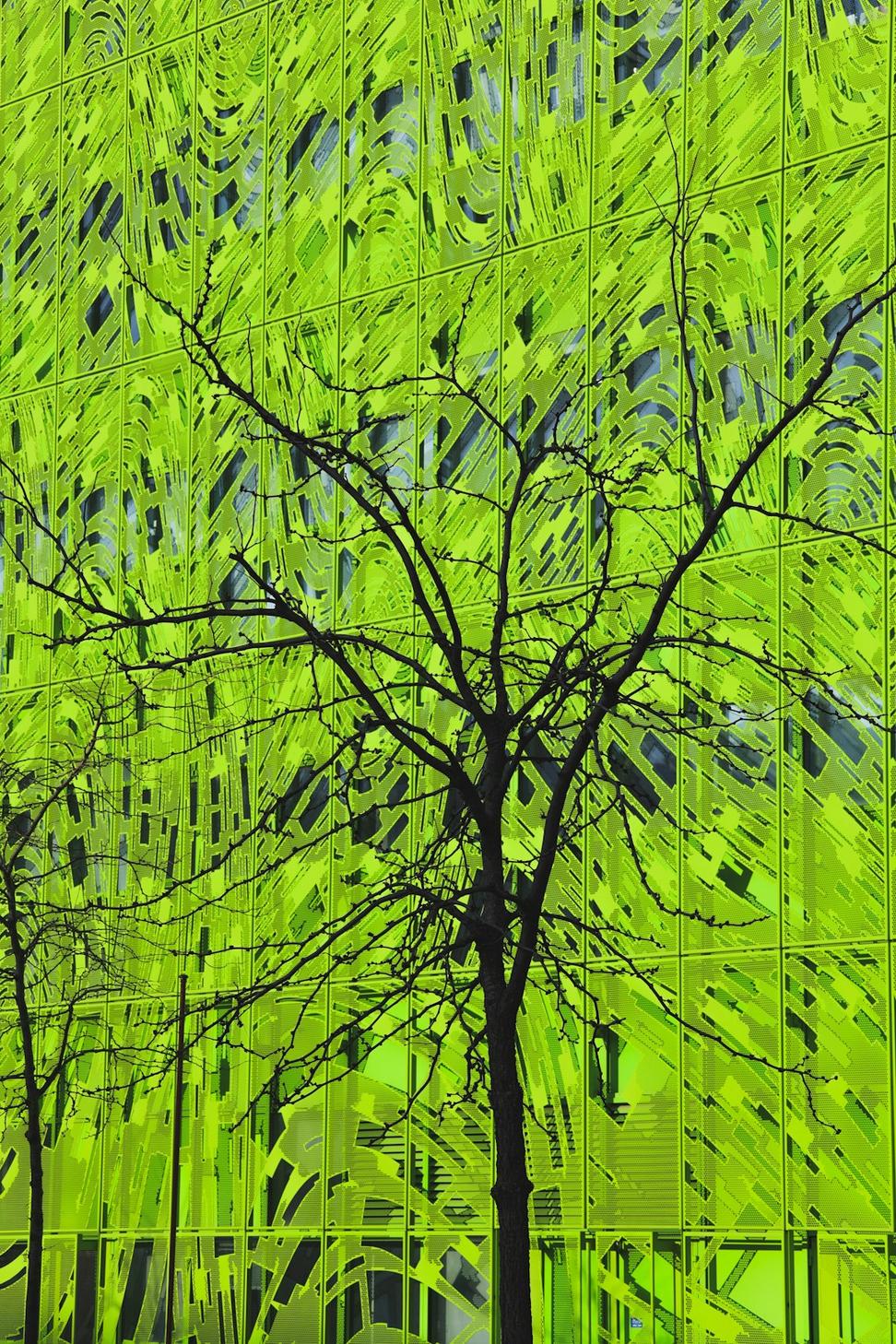
Why We're Obsessed With This Stuff
Look, I'm not gonna pretend buildings don't leave a mark on the planet. They do - a pretty hefty one. Construction accounts for nearly 40% of global carbon emissions, and that number keeps me up at night sometimes.
When we started Zephyr at Quintale, we made a promise to ourselves: every project would push the needle on sustainability, even if just a little bit. Not because it's trendy or looks good in a marketing brochure, but because honestly, what's the point otherwise?
We've spent years figuring out what actually works beyond the greenwashing. Some attempts have been home runs. Others? Well, let's just say we learned what NOT to do. But that's the process, and we're always refining it.
Let's Talk Green Building